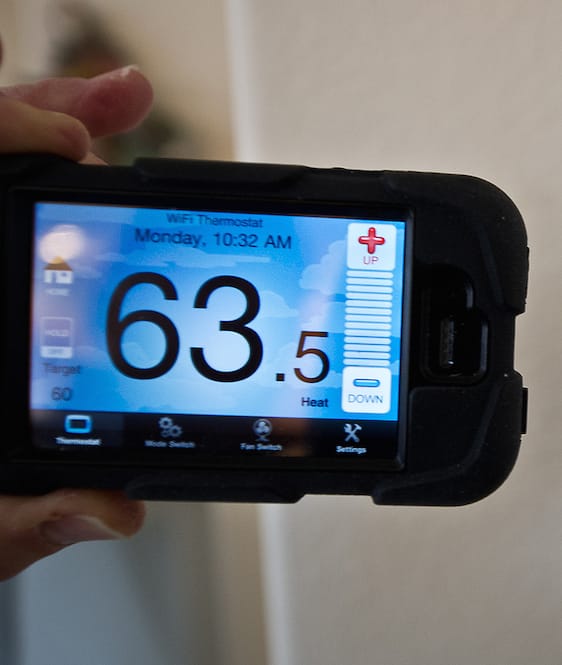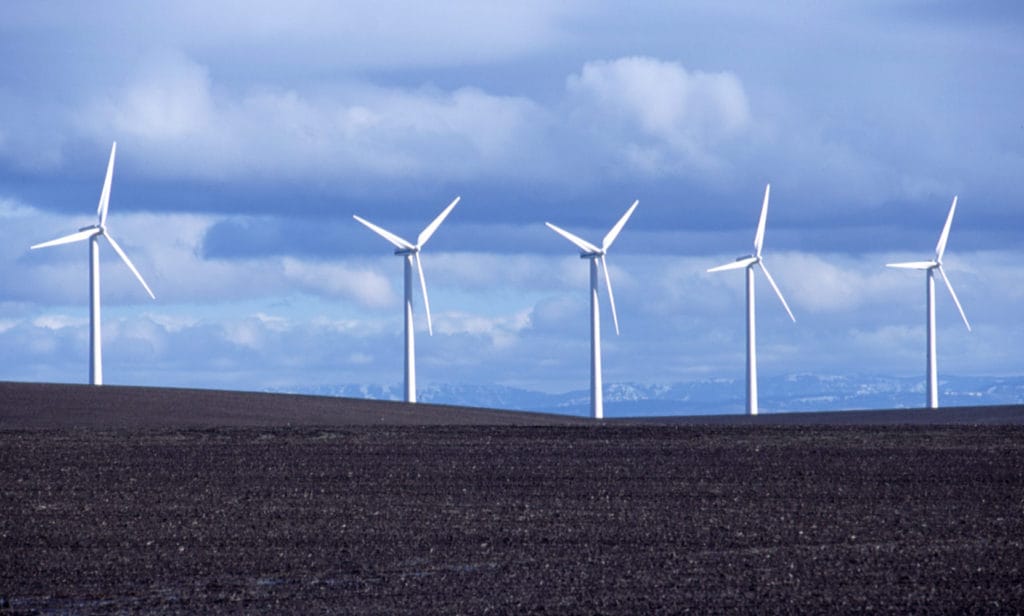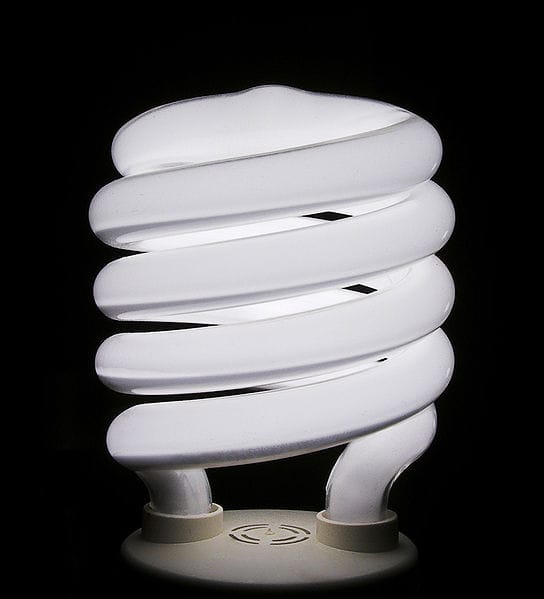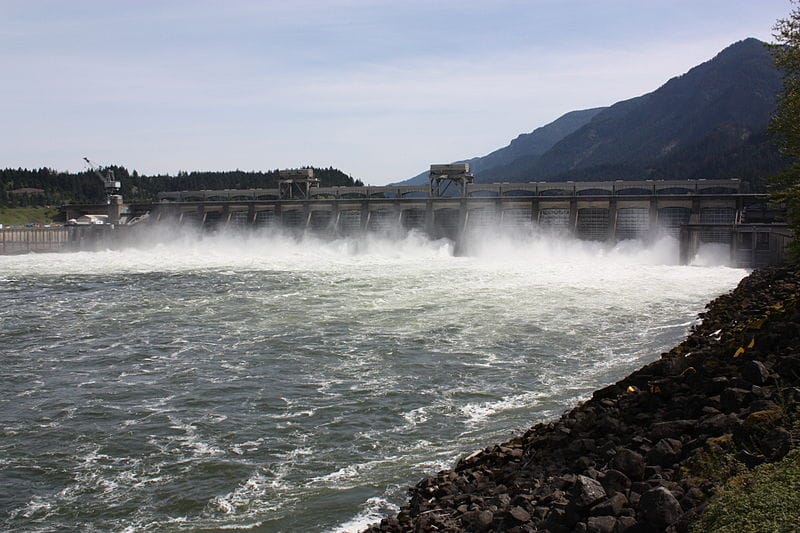Topics
Seattle Times column: Energy efficiency becomes hot market for tech companies
Federal climate change initiatives create opportunities for tech companies to pursue energy efficiency innovations. New technologies will utilize databases that track customers’ energy usage. The International Energy Agency projects that investments in efficiency technology will double over the next 20 years.
Efficiency-boosting mechanism for PSE moving ahead
Thurston County Superior Court Judge Murphy has rejected the primary challenges to an historic regulatory ruling that will allow Puget Sound Energy to reduce consumers’ energy use without undermining its financial health. PSE will be on a course to increase electricity savings by at least 5% from its already robust conservation programs. PSE will make available an additional $500,000 for weatherization of low-income homes. The order also requires the utility to increase its low-income bill assistance funding by $1.5 million.
4 Under Forty honoree Gus Takala touts energy efficiency in EnergyBiz column
Takala argues that a strong in-house energy efficiency department is necessary for utilities to provide quality customer service. He says that utilities are uniquely suited to help customers take advantage of energy efficiency investments, but this will require them to move beyond just capital investments into territories such as behavior and operation and maintenance programs.
Op-Ed: Colstrip is neither cheap nor reliable for Montanans
In her Hungry Horse News op-ed, Anne Hedges of the Montana Environmental Information Center asserts that energy efficiency and renewable energy are more reliable than the aging Colstrip coal-fired power plant. Hedges claims that it’s time for Montana’s Public Service Commissioners to push NorthWestern Energy to replace Colstrip with clean energy sources because it will save customers money and create jobs in the long-run.
E&E news: Wind turbines generate prompt energy payback – study
The energy required to build a new commercial-scale wind turbine amounts to only a small amount of what the turbine will produce over a projected 20-year life span, according to a new life-cycle analysis of wind turbines performed by Oregon State University researchers. The environmental analysis, published in the International Journal of Sustainable Manufacturing, concludes that a 2-megawatt turbine built for a typical Pacific Northwest wind farm will pay back the energy used in its manufacture and installation within five to eight months of coming into service.
Federal agencies squander chance for progress on Northwest salmon survival, send region back to court
Yesterday, 13 conservation and fishing groups filed a legal challenge of the latest federal plan for endangered Columbia and Snake River salmon. The organizations assert that the Obama administration’s National Marine Fisheries Service (NMFS) failed to address the core issues that triggered federal-court rejection of three previous plans, forcing another round of litigation just as momentum is building in the Northwest for a broadly supported stakeholder collaboration as an alternative to the courtroom.
Northwest Energy Efficiency Alliance could be cut nearly 30%: Attend a hearing and stop the budget cuts!
NEEA is now developing its next five-year strategic plan and budget to advance its long-term clean energy vision. Unfortunately, NEEA’s board members recently voted for a budget proposal that would significantly undercut NEEA’s efficiency achievements by cutting its primary budget nearly 30%. Make your voice heard to stop the cuts!
Groups assail BPA’s woefully low efficiency spending proposal
NW Energy Coalition and 29 other clean energy advocacy organizations and businesses submitted a group letter to the Bonneville Power Administration April 11, urging the agency to adequately fund energy efficiency it its FY 2016-2017 capital budget. The letter expressed concern that the proposed budget is inadequate to meet BPA’s legal obligations or to pursue the best interests of the region.
Governor signs bill to preserve Oregon's RPS
Today Governor John Kitzhaber signed HB 4126 to preserve Oregon’s highly successful Renewable Portfolio Standard (RPS). The bill is the result of a diverse stakeholder process convened by the Governor to address a ballot measure, which would have gutted the state’s RPS by allowing existing hydropower to count towards the standard. Renewable Northwest commends the Governor for his leadership in preserving the RPS, which has helped to bring over $9 billion of capital investment to Oregon as well as thousands of jobs and tax dollars to rural communities.
Washington legislature: I-937 survives challenges while new clean energy bills stall; operating budget provides oddly mixed message
Thanks to the steadfast efforts of activists such as you, our Clean Energy Initiative 937 has weathered another stormy legislative session. Despite numerous bills to weaken its energy efficiency and new renewables standards, I-937 emerged from the session not only relatively unscathed, but in some ways strengthened.











